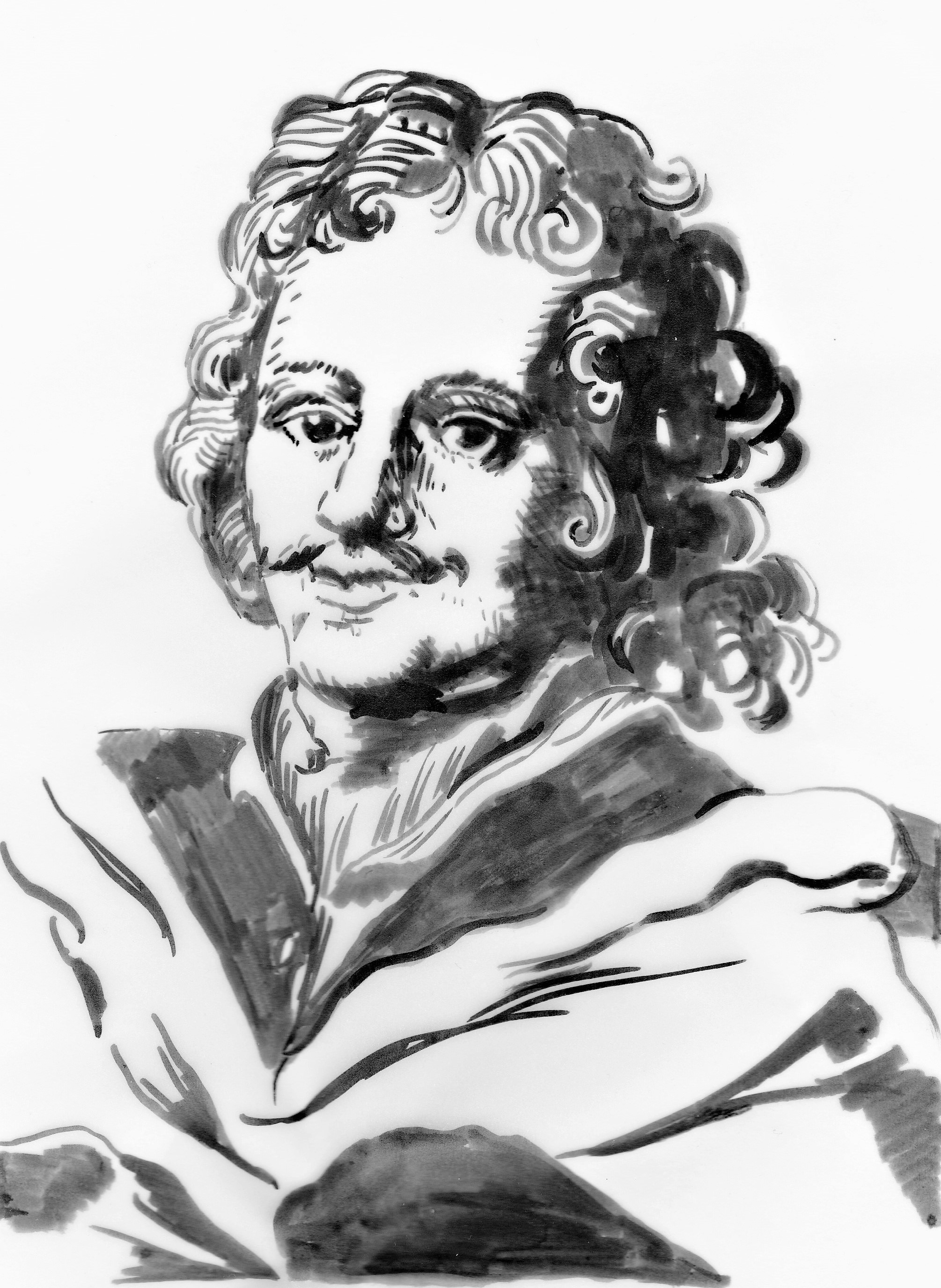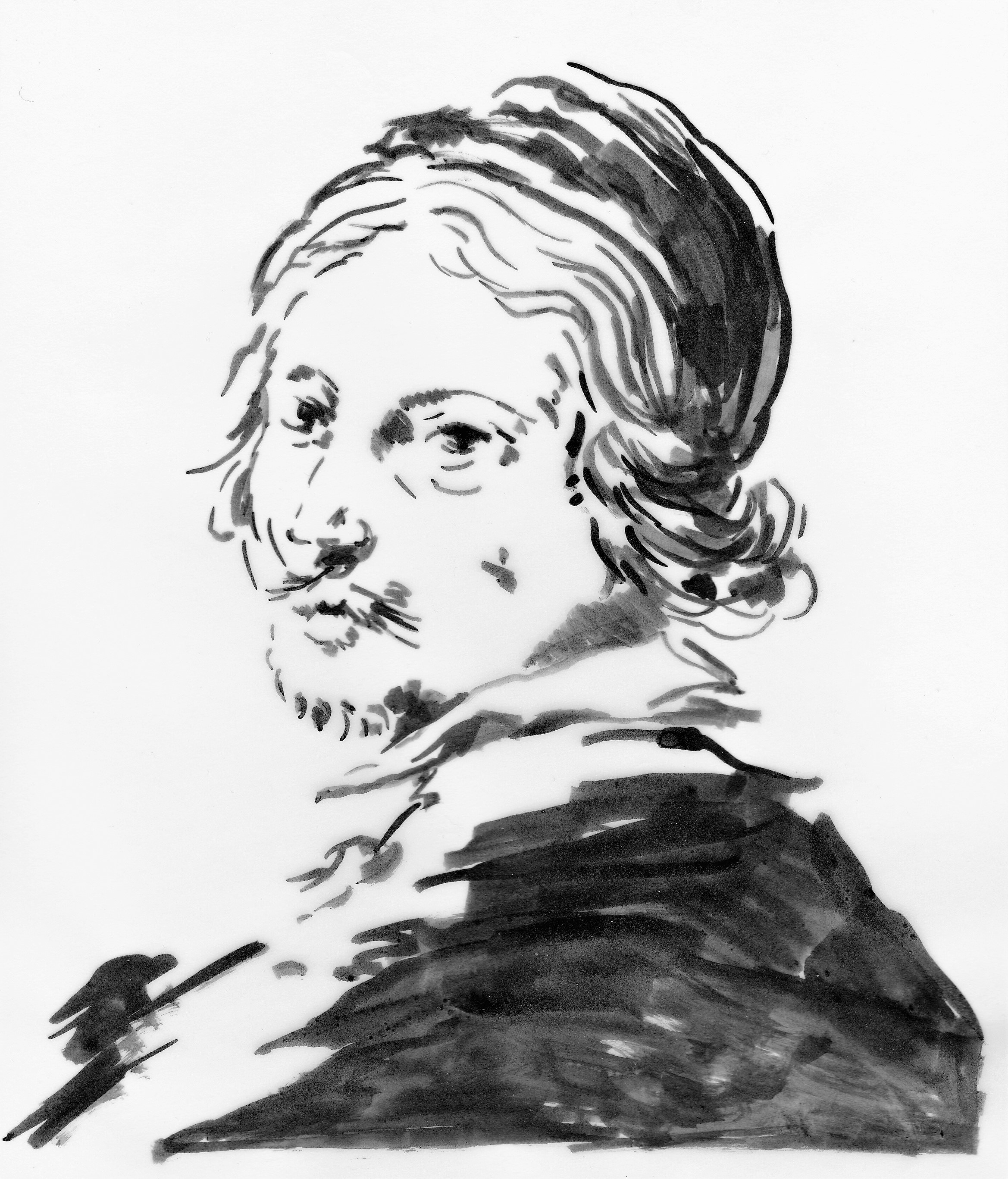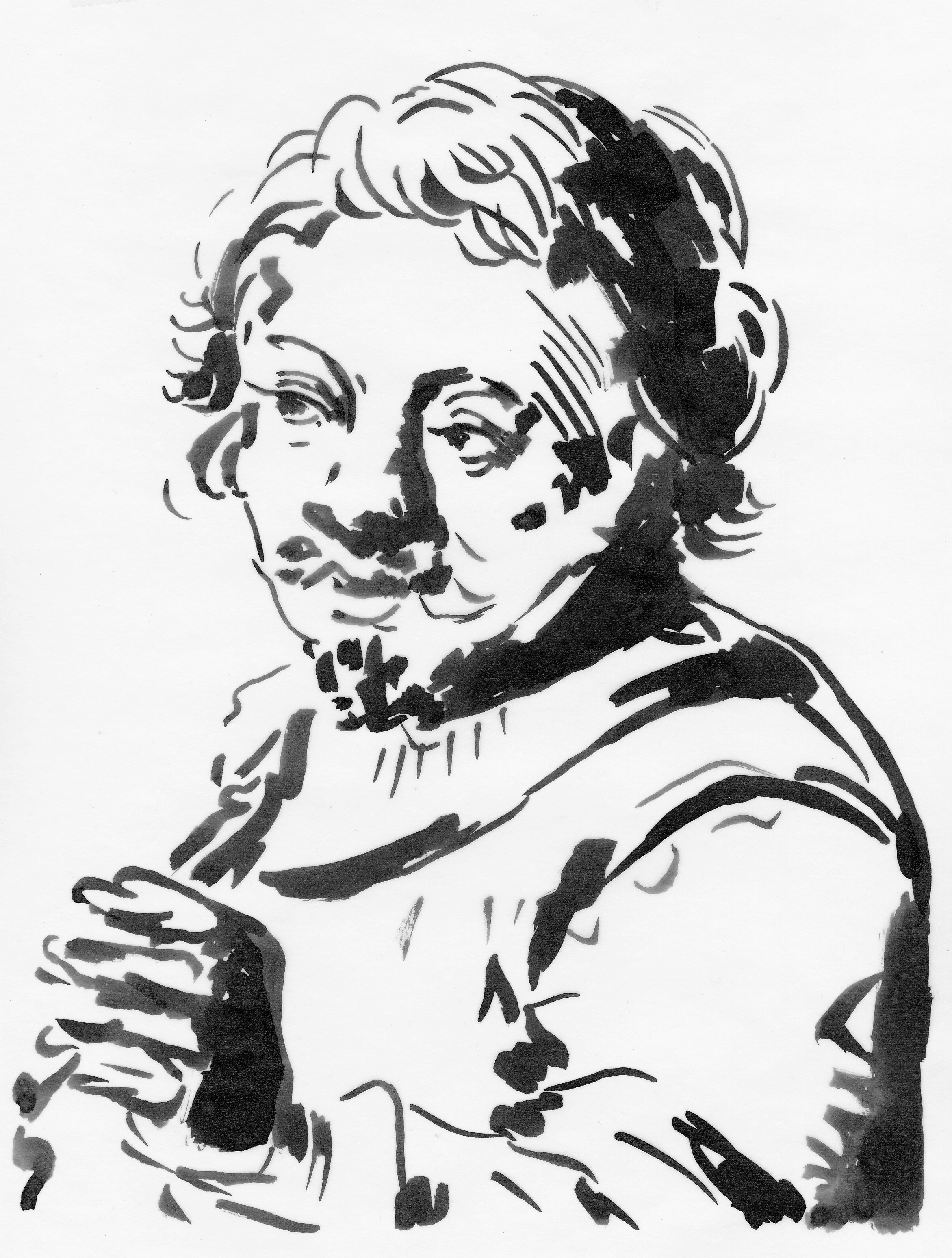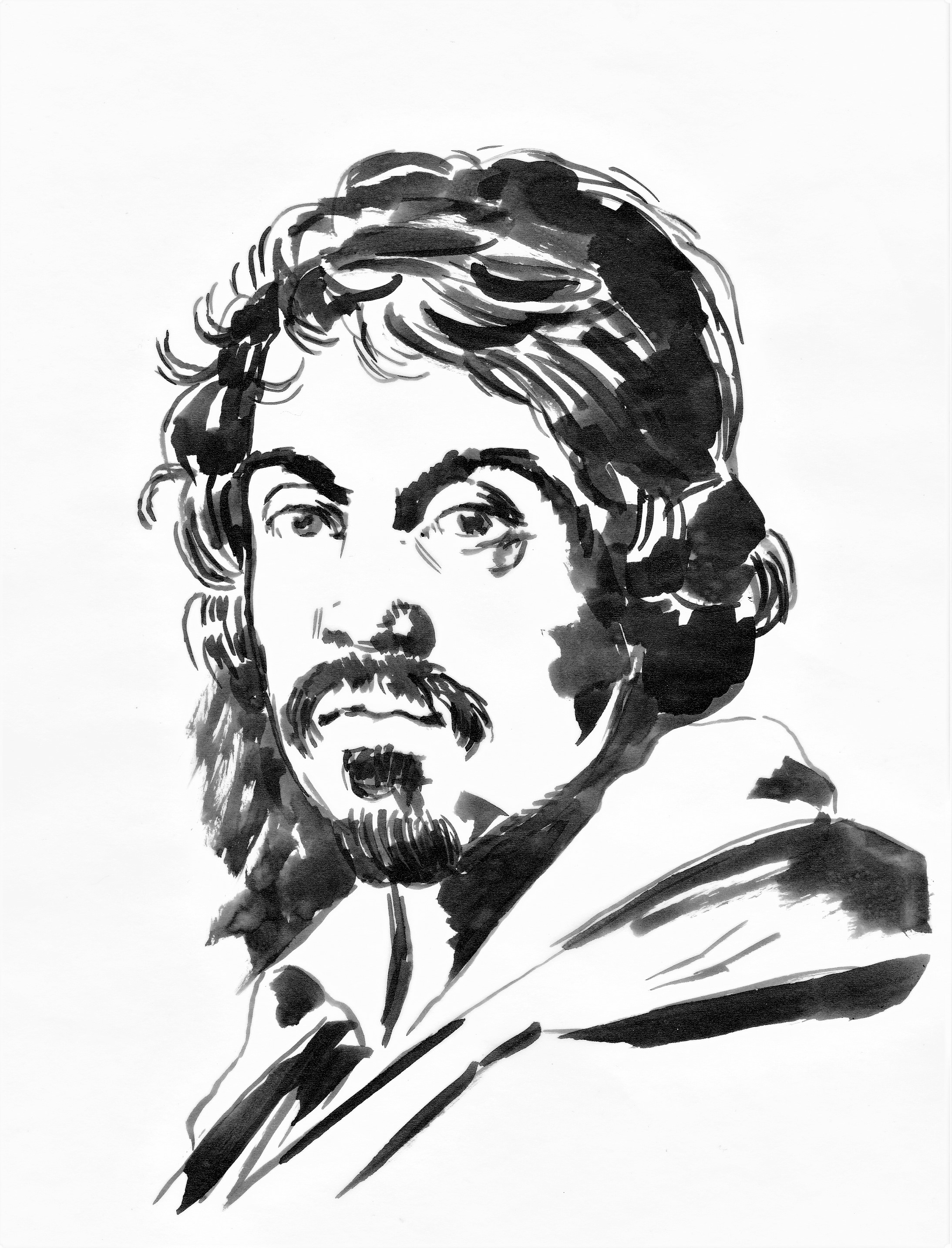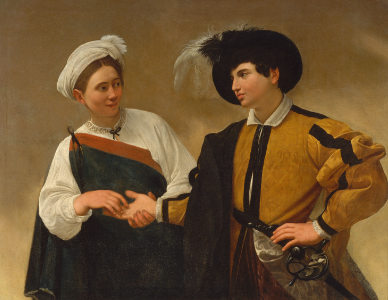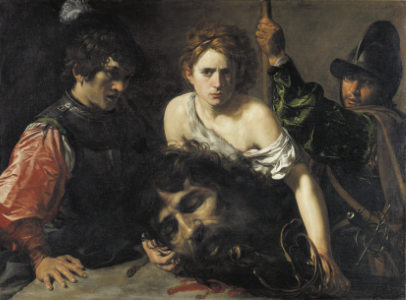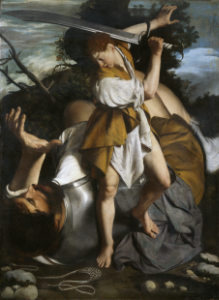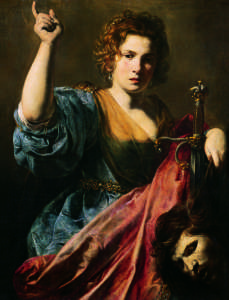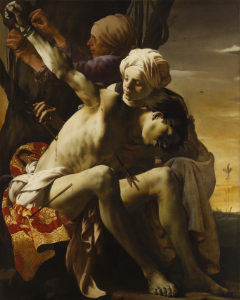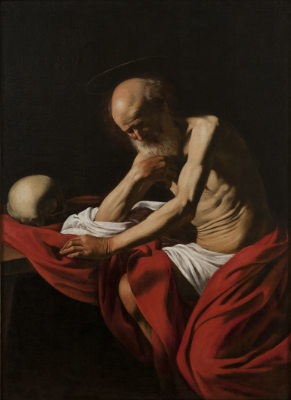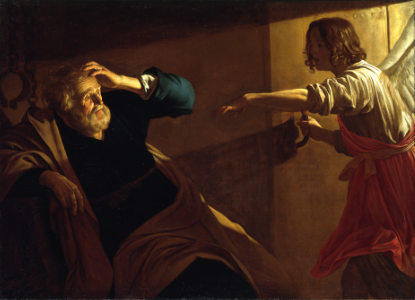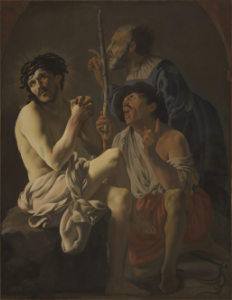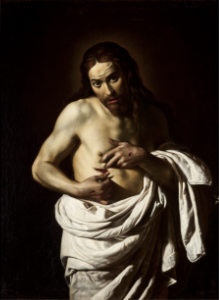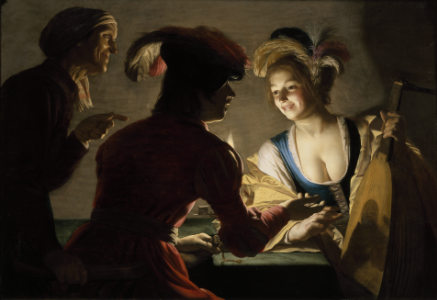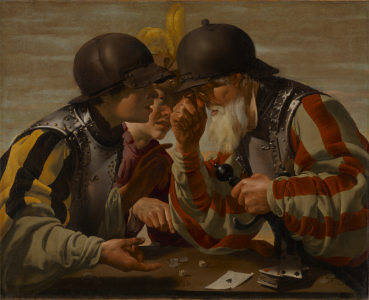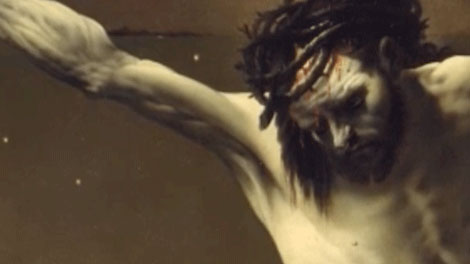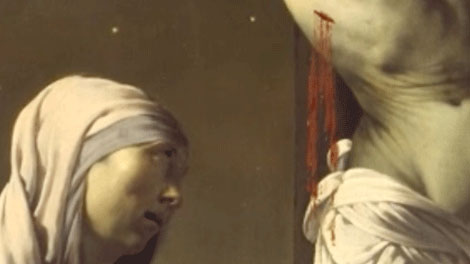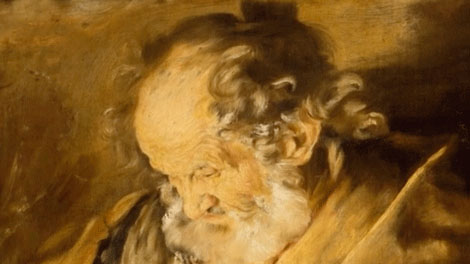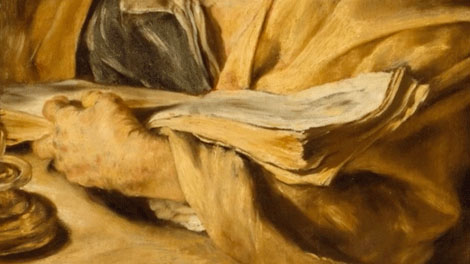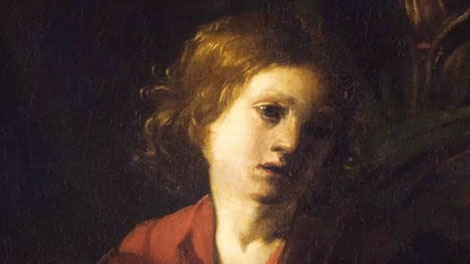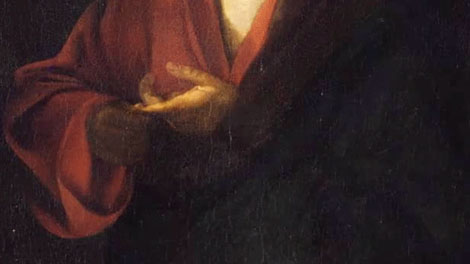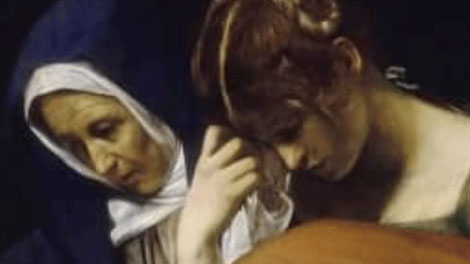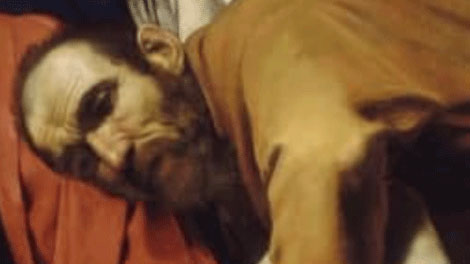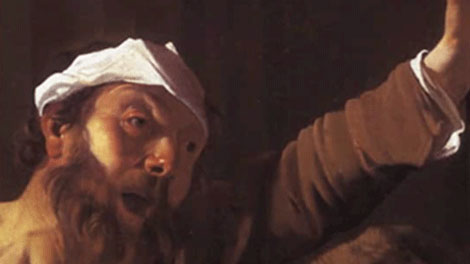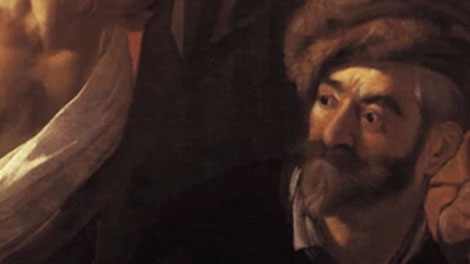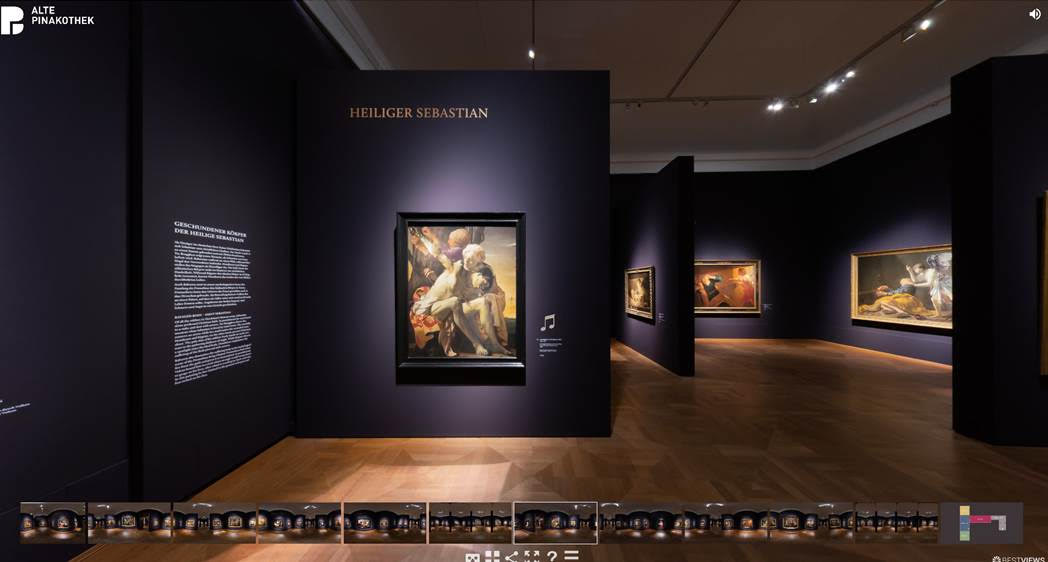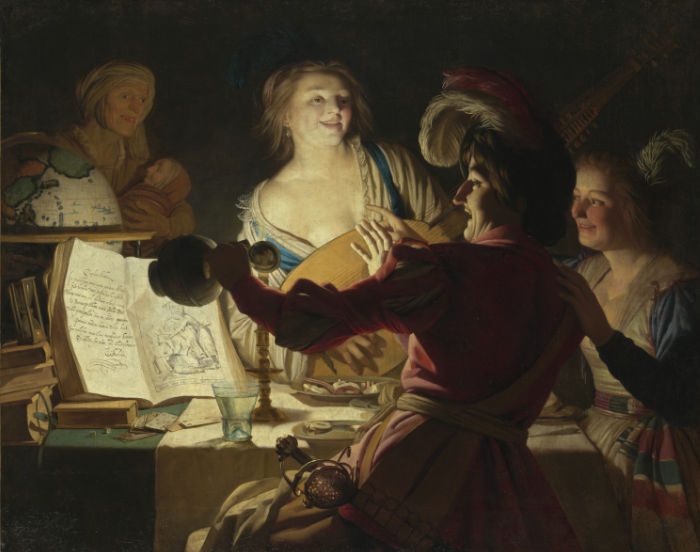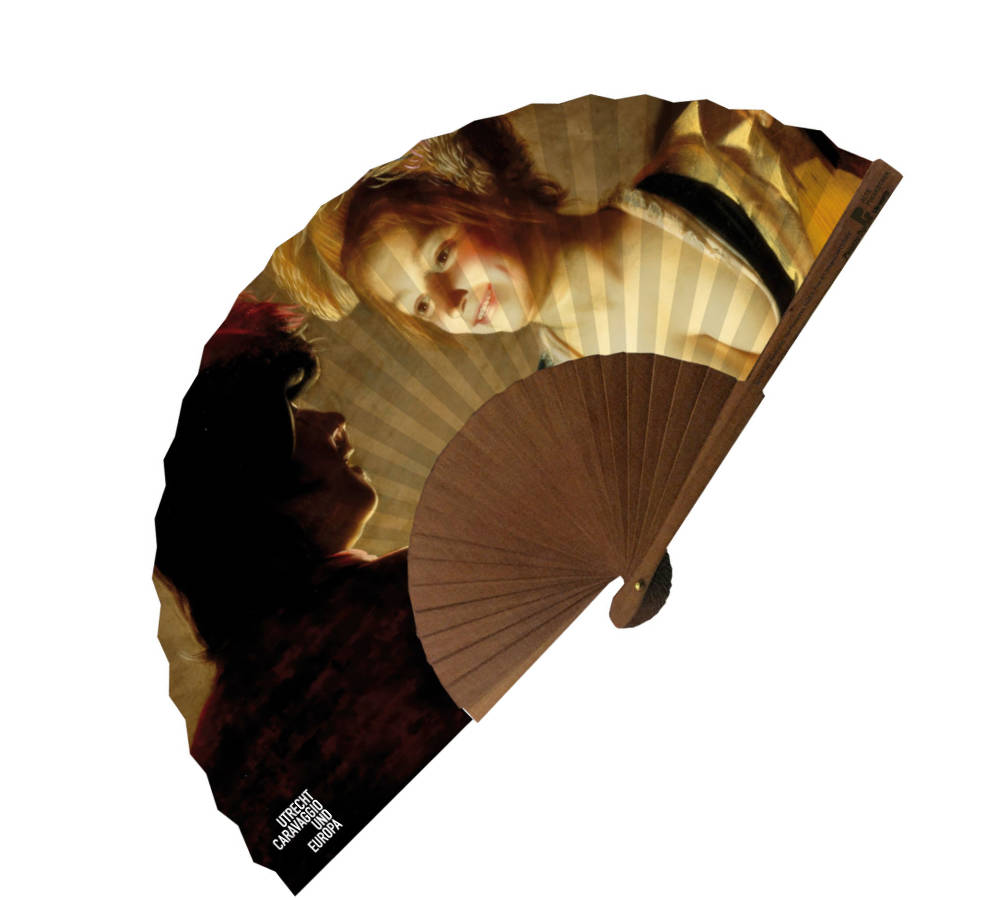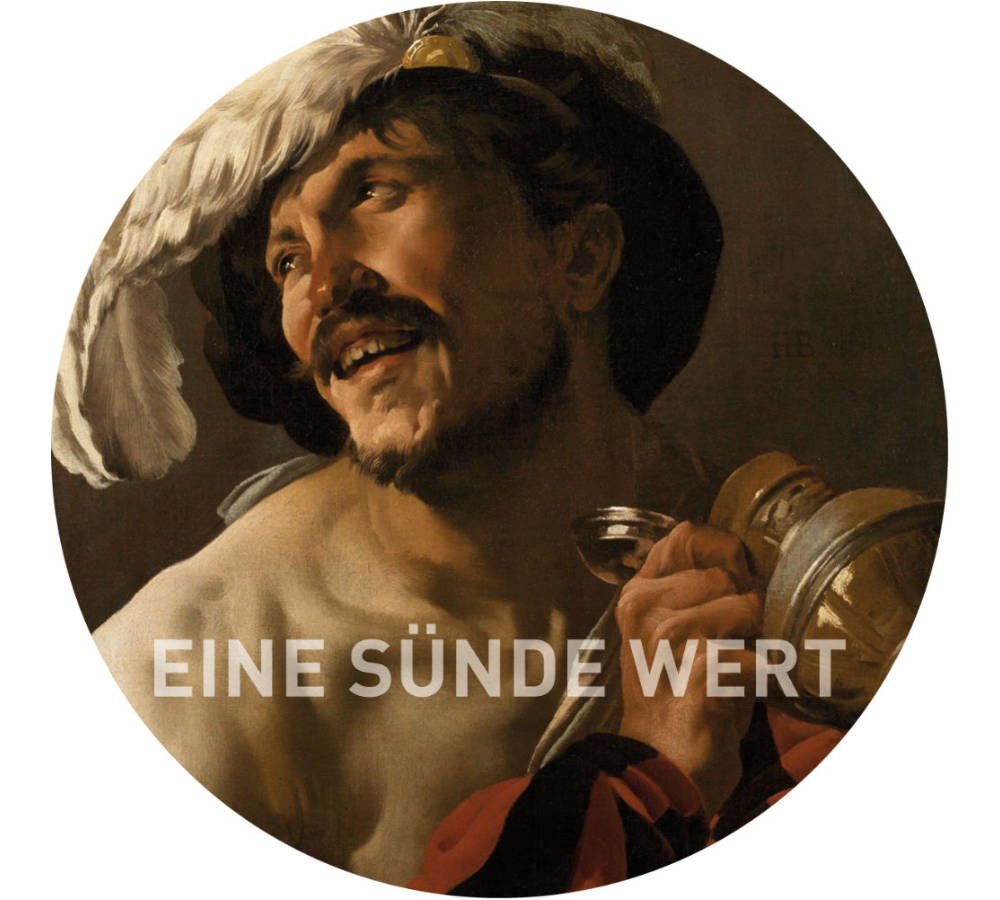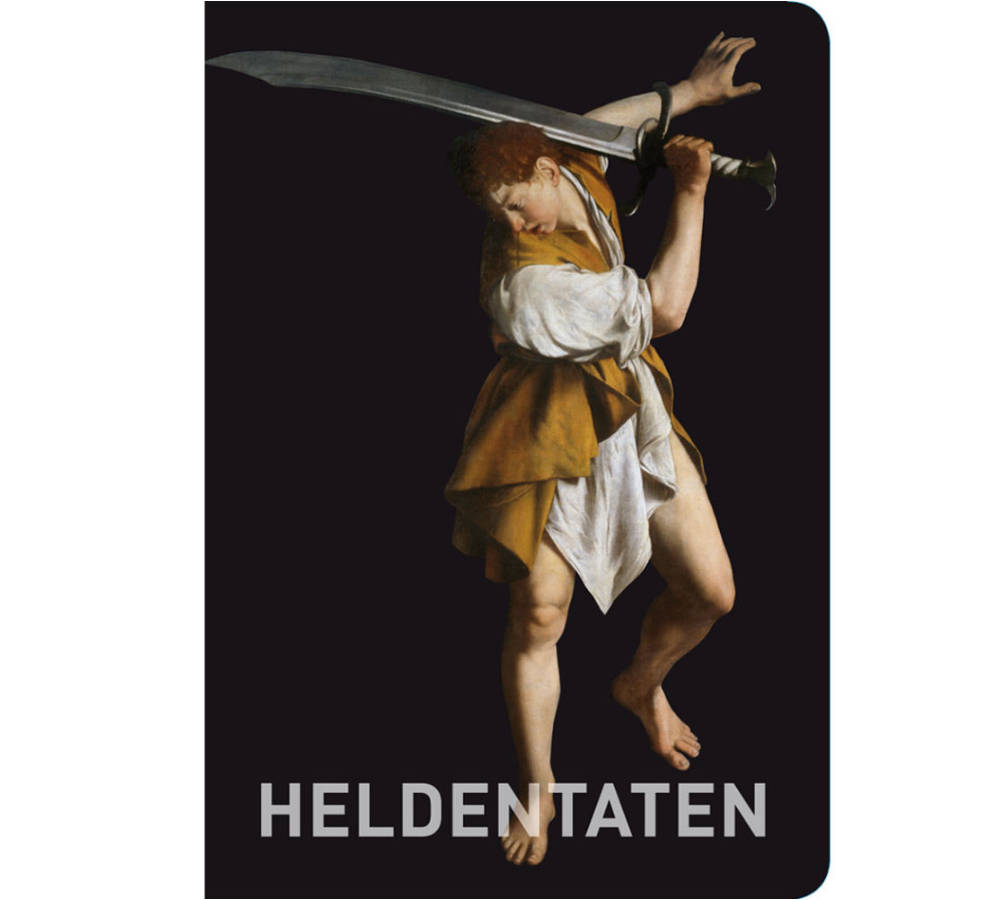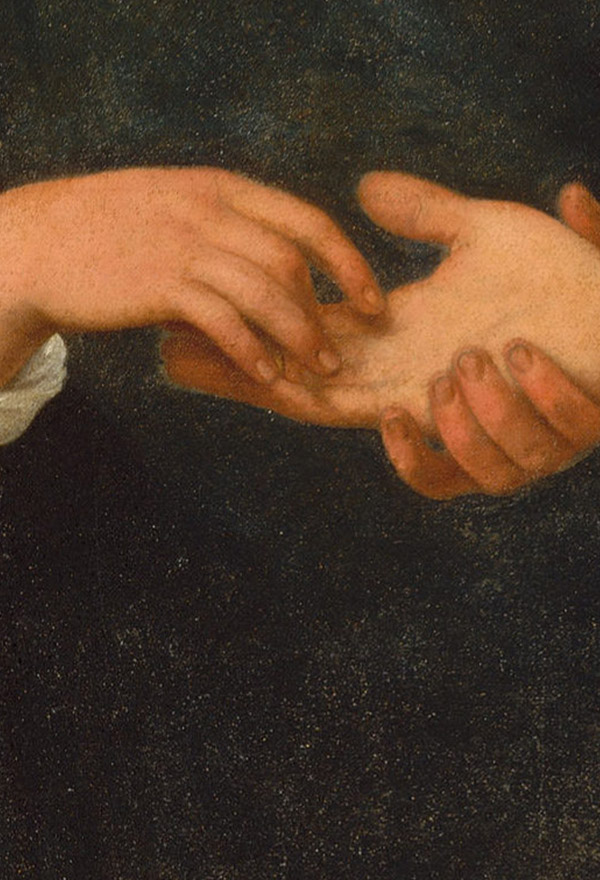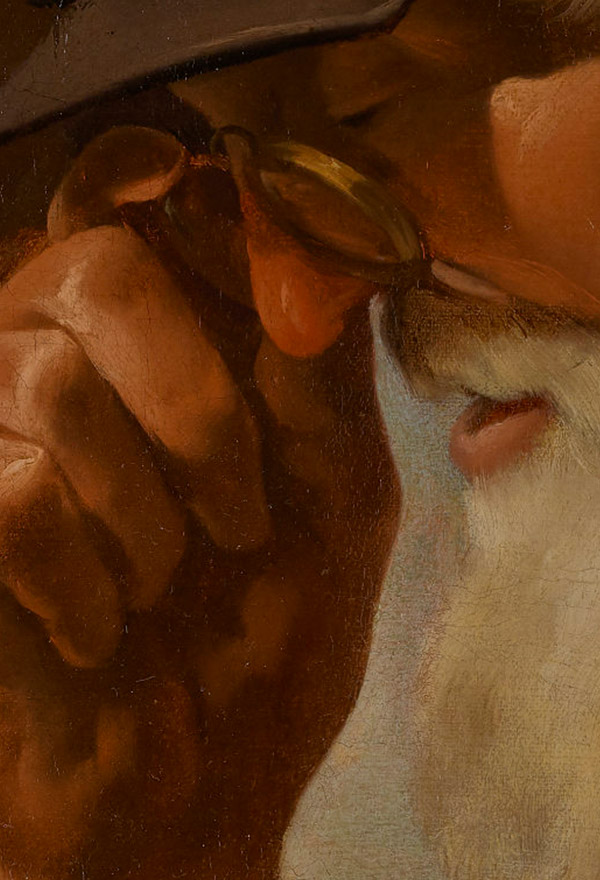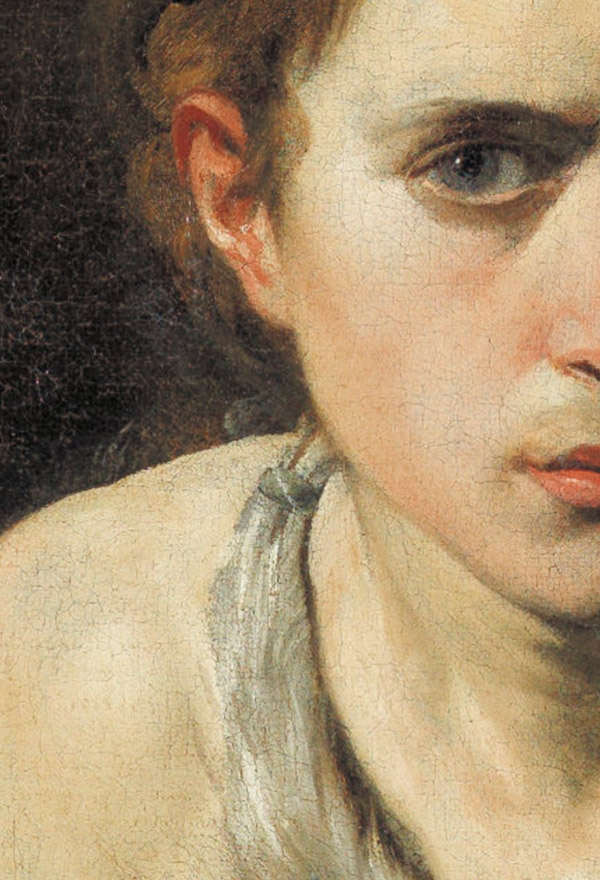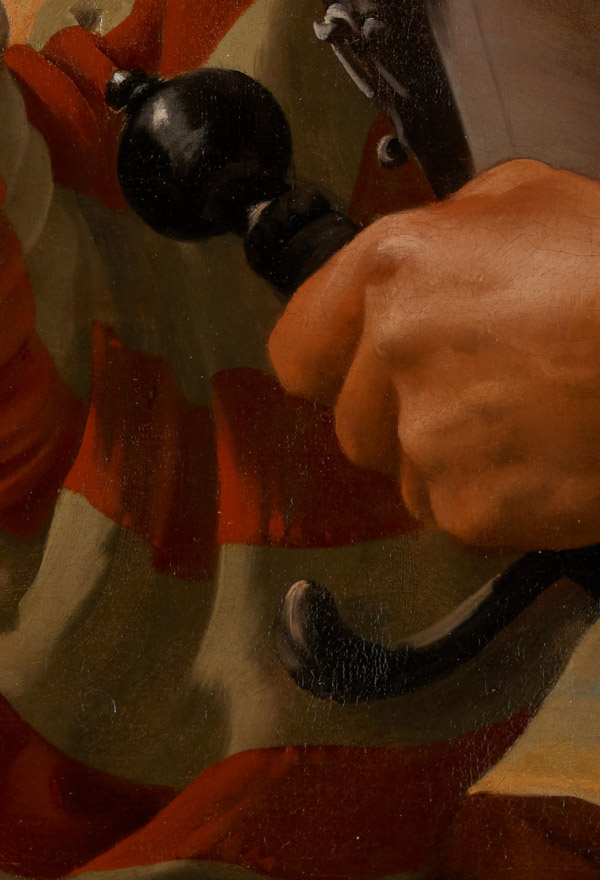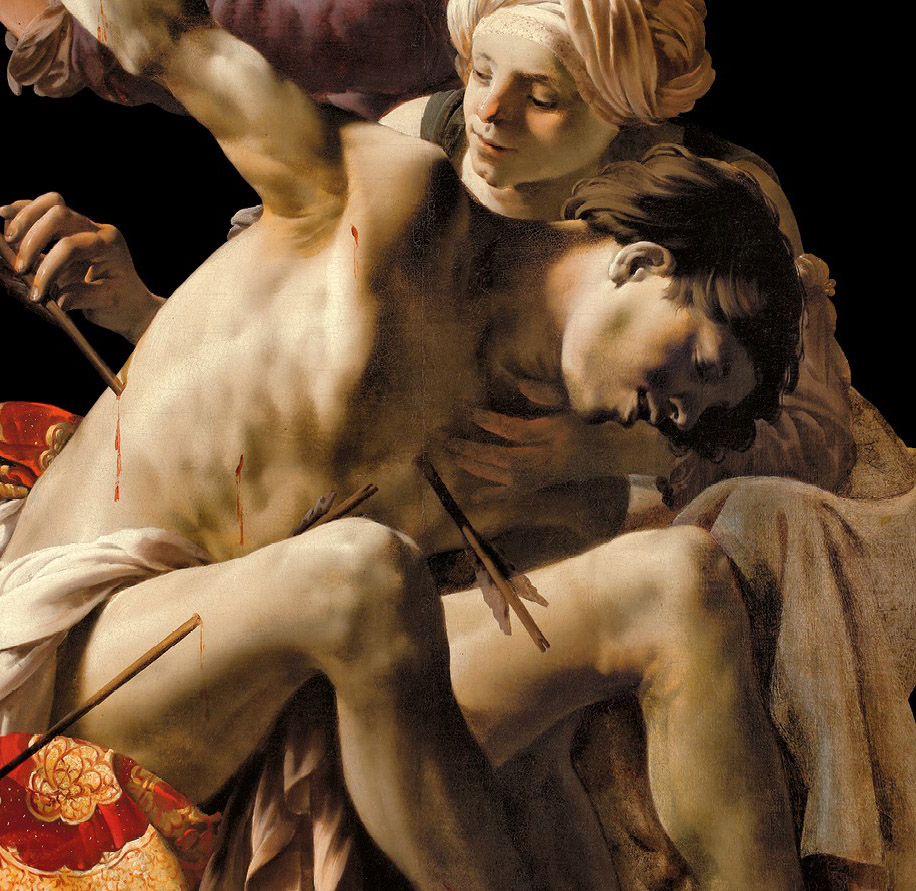
Utrecht
Caravaggio
and Europe
to 21 July
2019
On the following evenings the exhibition will close earlier due to an event: June 18th, 19th at 6 p.m. | June 25th, 26th 8 p.m.
What a shock
The exhibition, developed in collaboration with the Centraal Museum in Utrecht, shows over 70 of the most beautiful and important works of the leading ‘Caravaggisti’, including paintings by Bartolomeo Manfredi, Jusepe de Ribera, and Valentin de Boulogne and Caravaggio himself.
Artists
In 1600, Rome was the cultural centre of the world. The growing metropolis attracted artists and architects from all over Europe. Among them were the painters from Utrecht, Hendrick ter Brugghen, Gerard van Honthorst, and Dirck van Baburen. They studied the art of antiquity in the city as well as masterpieces of the Renaissance. However, their main interest was in the revolutionary innovations in the painting of their times, including, in particular, those of Michelangelo Merisi, known as Caravaggio. Caravaggio was regarded as an impassioned hothead who brought about radical change in painting with new pictorial themes, realism of a kind that had never been known before, and strong contrasts between light and dark. The many artists that flocked to Rome from all points of the compass came from a variety of cultural backgrounds. They had trained under different masters, in disparate styles and had their own personal goals and expectations of their time abroad. A total of 17 artists who sought fortune and success in Rome, and went about doing so in quite different ways, are represented at the exhibition.
In the Exhibition: Hendrick ter Brugghen, Gerard van Honthorst, Dirck van Baburen, Caravaggio, Bartolomeo Manfredi, Valentin de Boulogne, Jusepe de Ribera, Simon Vouet, Orazio Gentileschi, Nicolas Régnier, Nicolas Tournier, Gerard Seghers, Orazio Borgianni, Giovanni Serodine, Cecco del Caravaggio, Lo Spadarino, Theodoor Rombouts
In the exhibition
Listening to Pictures
Specially composed
A unique art experience will be available in the form of an innovative music audio guide with which exhibition visitors will be able to listen to music composed especially for each of the 75 exhibits by students at the Hochschule für Musik und Theater München. These young international students have examined the exhibits and translated the emotional content of the pictures into music.
Program Highlights
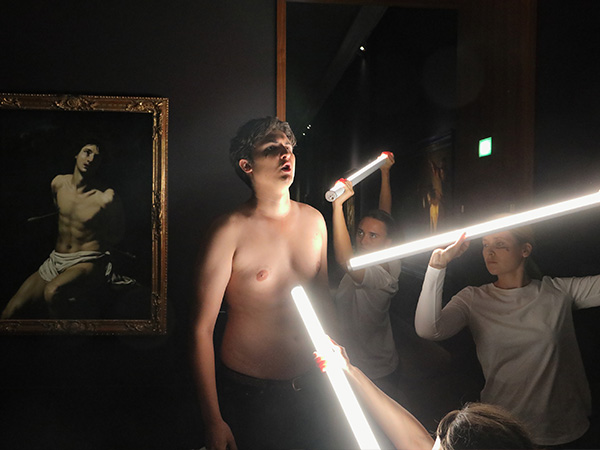
Self-empowerment. A musical tour of the exhibition | Bayerische Staatsoper
An unforgettable experience awaits audiences in the twilight hours: singers from the Opera Studio at the Bayerische Staatsoper will perform in front of these impressive paintings on seven evenings during the exhibition in a dramatic musical rendition, bringing the deeply moving Caravaggesque pictorial world to life. The extreme emotional states and religious content dramatically captured by the artists will be interpreted in an unprecedented way, using contemporary means of musical expression, movement and atmospheric lighting. This will offer the public a truly unique experience.
Further Information and ticket presale
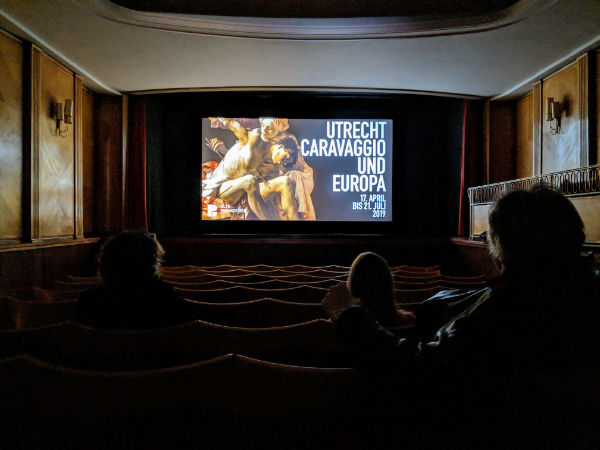
MOVING IMAGES | ARTS CINEMA
Caravaggesque composition techniques have long been used in other art forms too. Cooperation with the ‘Kino der Kunst’ will give the public the opportunity to experience this form of artistic composition at first hand in motion pictures. Selected treasures will be screened as part of the film matinée programme at Theatiner Film. A cooperation with the ‘Kino der Kunst’ and Theatiner Film.
Ticket reservation via Theatiner Film: +49 89 22 31 83
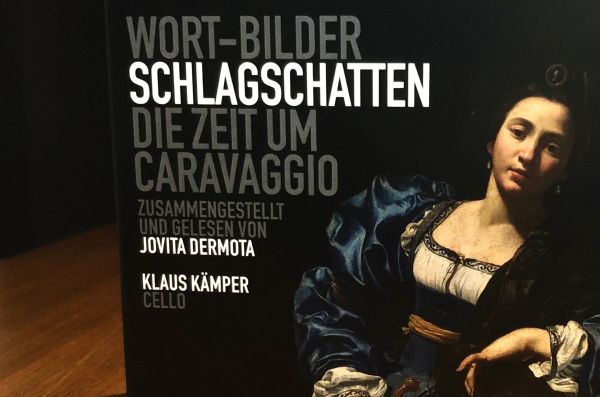
Cast Shadows – At the time of Caravaggio
A colourful panorama of texts captures the burgeoning sense of life and the world during the Baroque period. Aside from the satirical verses, drinking songs, our eye is drawn to both the misery of the dungeon and the opulent courtly feasts of the Medici. Featuring texts by Montaigne, Giambattista Marino, and Alessandro Striggio as well as Rilke, Antonin Artaud, and Anna Banti.
SAT 27 APRIL | 18 MAY | 08 JUNE | 06 JULY | 3pm Ticket permanent exhibition
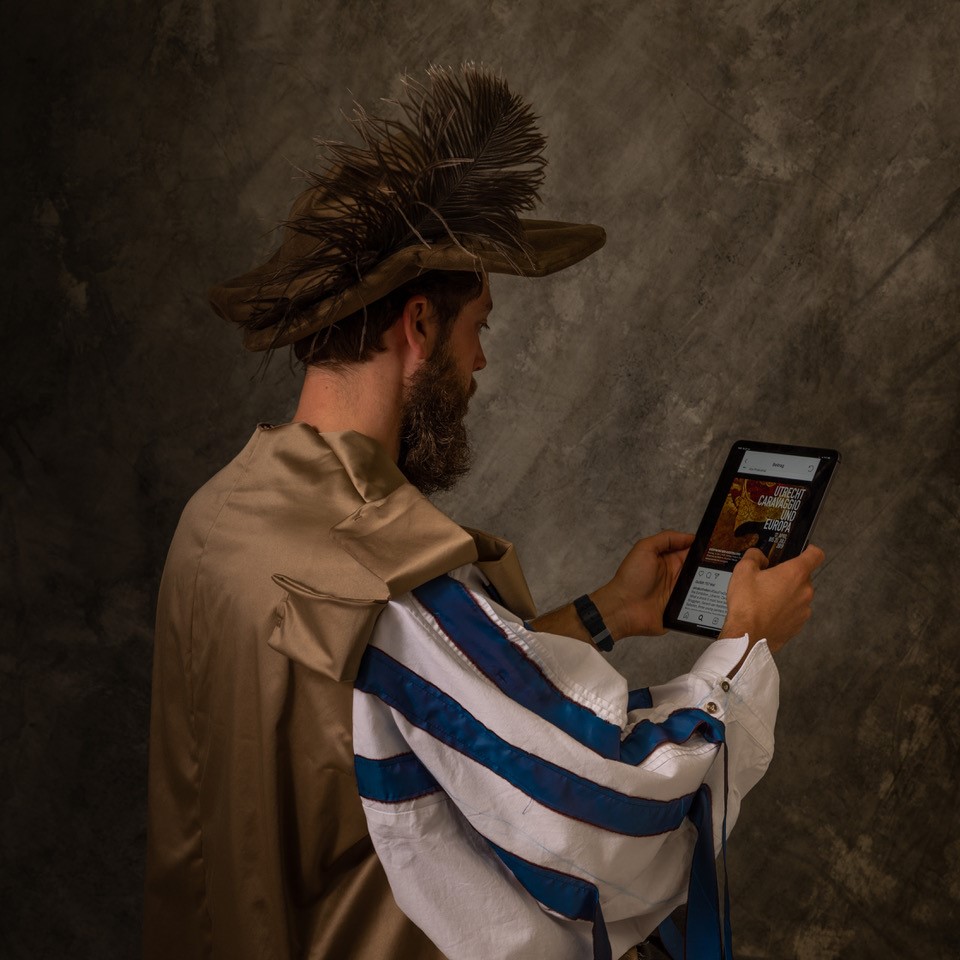
Workshops for teenagers and adults
How can the art of the Caravaggists inspire our creative work? On central topics of the exhibition we offer exciting workshops. Participation in a workshop costs 20 euros for adults, for young people 10 euros and also includes a ticket to the exhibition.
Detailed information about the workshops can be found at the respective dates in the program calendar
Mit Federbarett und Robe | Costume Workshop with Florian Buder | SAT JUNE 8TH | 10 a.m. to 1 p.m.
Die Instrumente der Caravaggisten | Music Workshop with Alexander Löwenstein | SAT 29. JUNE | 10 a.m. to 1 p.m.
Dramatisches Licht | Photo Workshop with Sonja Allgaier | SAT JULY 6TH | 10 a.m. to 1 p.m.
Chiaroscuro. Eine praktische Annäherung an die Maltechnik von Caravaggio | Painting workshop with Blanca Amorós | SAT JULY 13TH | SAT JULY 20TH | 10 a.m. to 2 p.m. Registration via programm@pinakothek.de
Museumshop
A comprehensive catalogue in German and English editions will be published to accompany the exhibition. The contributions shed light on the world of Utrecht Caravaggists and show how individually the young painters deal with the model of Caravaggio and thereby develop their very own style.
Hirmer Verlag, 34,90 euros, 304 pages with 330 colour illustrations, edited by Bernd Ebert and Liesbeth M. Helmus
#PinaCaravaggisti
On social media we want to discover the world of the Caravaggists together with you. Find current information, stories, videos and more for #PinaCaravaggisti via:
Patrons & partners
In cooperation with
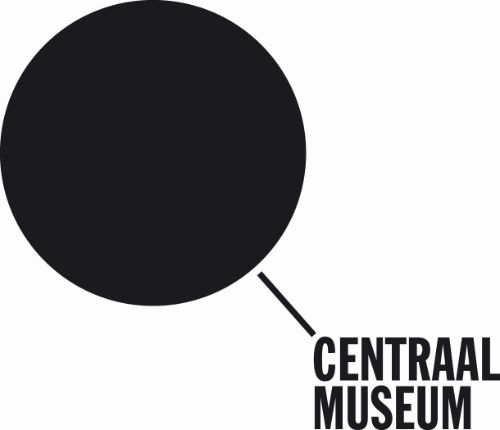
This exhibition was made possible by
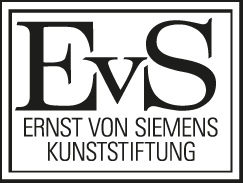

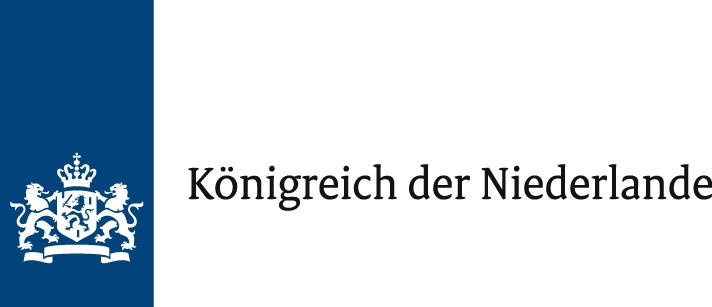

The supporting programme is funded by
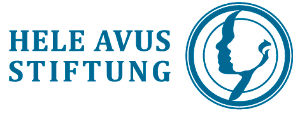

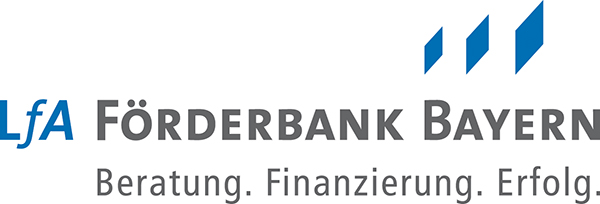
The audio guide is supported by


Partner of the supporting programme


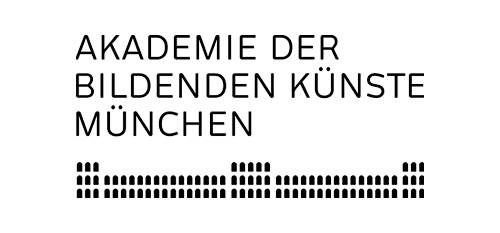
- Blütenring e.V.
- Fokus Tanz / Tanz und Schule e.V.
- Circus Leopoldini München e.V.
- Kino der Kunst
- Theatiner Film
- Italienisches Kulturinstitut München
Illustration artist portraits: Jörg Schwarzenbach
